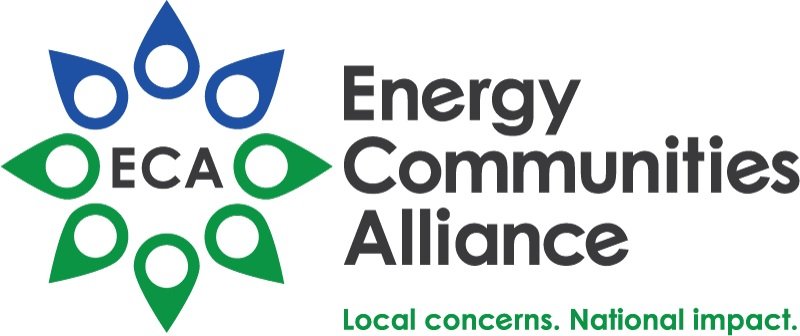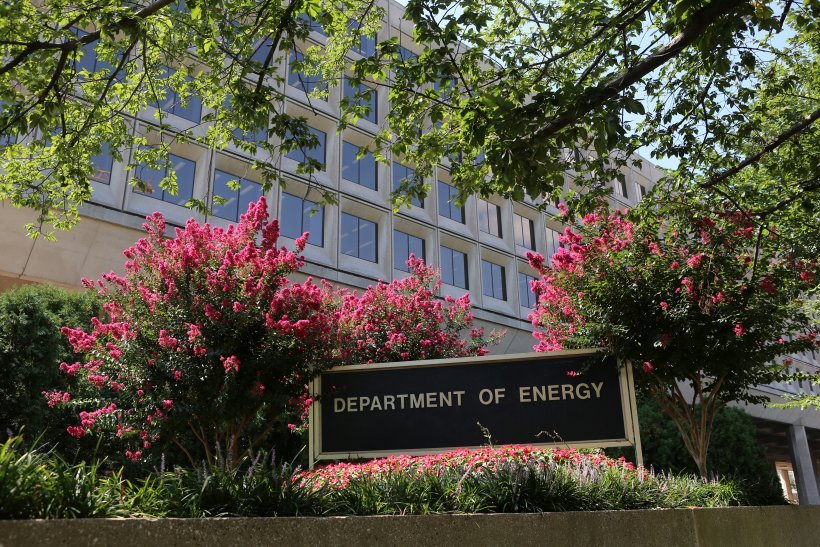Foreword: Local Communities Are the Foundation for Successful Environmental Cleanup
“Environmental cleanup is neither straightforward nor simple. There are many steps and decisions to complicate the process. Cleanup decisions will impact generations of people working and living in these frontline communities.”
It is just over thirty years since the Department of Energy (DOE) pivoted from the Cold War production of nuclear weapons and closing many of the facilities that contributed to that effort, to creating the Office of Environmental Management (EM) to clean up the nation’s environmental legacy resulting from decades of nuclear weapons production and government-sponsored nuclear energy research. The local communities adjacent to the former and current nuclear weapons and energy research and production facilities are the frontline communities working with EM on the environmental cleanup mission – to remediate the soil, water, and air of the communities and to safely dispose of “ … millions of gallons of liquid and solid radioactive waste, millions of cubic meters of solid radioactive waste, thousands of tons of spent nuclear fuel and special nuclear material, and large quantities of contaminated soil and water.” Currently DOE’s environmental liabilities are estimated to be nearly $600 billion, and the annual budget for DOE cleanups is currently over $7 billion per year.
With legal cleanup and Federal Facilities Agreements, regulatory frameworks and milestones put in place years ago, it may seem on paper that the environmental cleanup process is straightforward: investigate the nature and extent of contamination, identify future use of the site, develop the scope of work, and clean up the site accordingly. However, EM’s cleanup activities—often first-of-a-kind projects—assured access to funding, extended timelines and politics all directly impact the communities, States, and Tribes hosting or adjacent to these sites. After decades of working with federal, state and local officials (referred to herein as the “parties”), ECA understands that the practical reality is far different.
Environmental cleanup is neither straightforward nor simple. There are many steps and decisions to complicate the process. Cleanup decisions will impact generations of people working and living in these frontline communities.
Today the role of local governments and communities in the cleanup process is as important as ever. Elected officials around the sites have a fundamental responsibility to protect the health, safety, quality of life, and economic future of the community—a responsibility they share with the state and DOE. But local officials need to go farther and consider the specific interconnection between environmental and economic health; a healthy economy demands a healthy environment and a healthy outlook. Most local governments expend significant resources to engage on the cleanup of contaminated facilities on behalf of their constituents.
What is a Successful Cleanup?
To assist local government officials and their communities in deciphering the complex dynamics and the decision-making process around DOE’s environmental cleanup, ECA developed this overview of key considerations and recommendations for successful local engagement in a multi-layered technical and political—not partisan—process. This guide highlights progress made and lessons learned in order to facilitate future successful cleanups.
One of the first and most important issues for any community to address is the definition of “successful cleanup.” Success hinges not simply on reducing the risks posed by hazardous and radioactive waste (and thus the federal government’s liability) but requires the parties to take affirmative steps to ensure that the end-state and future use vision reflect community values.
For local communities, success requires that the site remain an asset, create jobs, and protect the community’s health and environment. For the federal government, success means complying with laws and regulations, reducing its costs, liabilities, and risks, while protecting health and the environment. For the contractor, success is achieving its contractual requirements and securing fees and performance-based incentives. To get there, for the site to have a lasting long-term value to neighboring communities, the parties must substantively incorporate local values into the cleanup project and future use determinations. Incorporating those values can lead to additional cleanup beyond a strictly risk-based approach.
Just as success varies amongst the parties, success varies from site-to-site as no two DOE sites are alike and no two communities are alike. For some communities, jobs and economic development provide the lens through which elected officials and community members engage on DOE projects and cleanup activities. For other communities, recreation and habitat protection represent the best future use of the site. For all, protection of human health and the environment, and protection for workers undertaking the cleanup activities, are base requirements.
Identifying and understanding site-specific priorities has proven foundational to DOE’s success to date. That is why, for instance, Rocky Flats is now largely a national wildlife refuge, and why Mound is an industrial site owned and managed by a local economic development corporation. Site-specific interests are why governments neighboring Portsmouth are concerned about the safety of siting a new landfill, and why in Los Alamos, New Mexico, local governments, the state regulatory agency and DOE came together to prioritize the off-site shipment of TRU waste.
These differences in goals reflect, in part, differences in values and economies. These differences, and the varied definitions of success, extend to operating sites and those undergoing cleanup alike. The success of each project is predicated on the parties working toward a common goal. Getting there, finding common ground, addressing diverging views and dissension, and bringing together national priorities and local interests takes a concerted focus using a variety of strategies and forums. Those activities and strategies, which are discussed in detail in this guide, point to the same imperative: getting to “successful cleanup.”
To affect cleanup and ensure the site remains a community asset requires communities to be informed and actively participate in the cleanup process. Dialogue, the commitment to substantively engage one another, to build trust and negotiate solutions, to recognize that dissension is endemic to the process—all of these ideas are foundational to successful environmental cleanups. All are critical ingredients to ensuring a “successful cleanup”—one that is broadly accepted and supported, funded and completed in a timely manner.
ECA intends that this tool can assist DOE in better understanding the questions local elected officials in frontline communities need to answer to build and maintain support for DOE cleanup decisions. As history has shown, without local support efforts to gain public acceptance will likely fail.
To make this an easy-to-use tool, ECA is applying a “Common Questions and Answers” format with information on the key issues of concern to DOE communities. Subjects covered include:
Basics of environmental cleanup;
How local governments can establish priorities for their site;
How to engage with DOE;
How to manage risk;
Overview of the role of the federal budget in cleanup decisions;
Summary of applicable federal laws and the impact on cleanup decision-making;
Assessing economic impact and opportunity.
This guide’s Q&A will be updated frequently as new issues arise in DOE cleanup. Please contact ECA at bulletin@energyca.org to suggest additional questions for the guide.


